Filter by
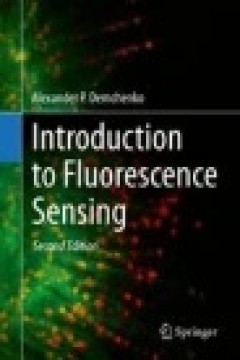
Introduction to Fluorescence Sensing
Fluorescence is the most popular technique in chemical and biological sensing and this book provides systematic knowledge of basic principles in the design of fluorescence sensing and imaging techniques together with critical analysis of recent developments. Its ultimate sensitivity, high temporal and spatial resolution and versatility enables high resolution imaging within living cells. It dev…
- Edition
- -
- ISBN/ISSN
- 978-3-319-20780-3
- Collation
- -
- Series Title
- -
- Call Number
- -
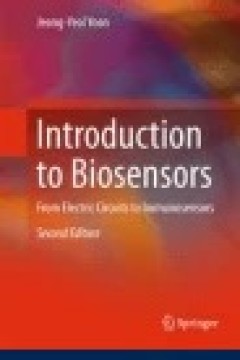
Introduction to Biosensors: From Electric Circuits to Immunosensors
This book equips students with a thorough understanding of various types of sensors and biosensors that can be used for chemical, biological, and biomedical applications, including but not limited to temperature sensors, strain sensor, light sensors, spectrophotometric sensors, pulse oximeter, optical fiber probes, fluorescence sensors, pH sensor, ion-selective electrodes, piezoelectric sensors…
- Edition
- -
- ISBN/ISSN
- 978-3-319-27413-3
- Collation
- -
- Series Title
- -
- Call Number
- -

Studies of Historical Earthquakes in Southern Poland
This book examines old and new data on some of the 18th and 19th century earthquakes that either occurred or were clearly felt in southern regions of Poland. Particular emphasis is put on a detailed study and reinterpretation of the unusually severe Outer Western Carpathians earthquake on December 3, 1786 (7 I0, 5.3 Mw, 35 km depth), which was the last in a series of seismic events in the years…
- Edition
- -
- ISBN/ISSN
- 978-3-319-15446-6
- Collation
- XIII, 179
- Series Title
- GeoPlanet: Earth and Planetary Sciences
- Call Number
- -
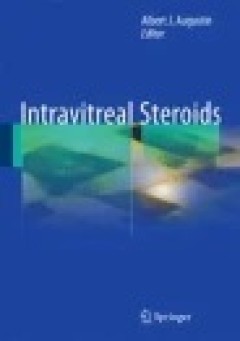
Intravitreal Steroids
This book explains how to use intravitreal steroids optimally in the management of patients with intraocular inflammation (uveitis) and macular edema. The rationale for this treatment approach is first explained by examining the pathophysiology of these disease entities, with particular attention to the major role of inflammatory processes. Devices for the delivery of steroids to the eye are di…
- Edition
- -
- ISBN/ISSN
- 978-3-319-14487-0
- Collation
- -
- Series Title
- -
- Call Number
- -
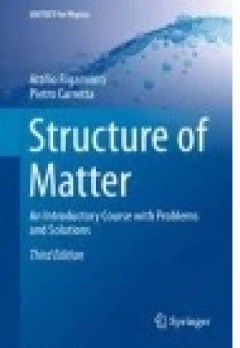
Structure of Matter
This textbook, now in its third edition, provides a formative introduction to the structure of matter that will serve as a sound basis for students proceeding to more complex courses, thus bridging the gap between elementary physics and topics pertaining to research activities. The focus is deliberately limited to key concepts of atoms, molecules and solids, examining the basic structural aspec…
- Edition
- -
- ISBN/ISSN
- 978-3-319-17897-4
- Collation
- XXII, 604
- Series Title
- 2198-7890
- Call Number
- -

Structure Determination of HIV-1 Tat/Fluid Phase Membranes and DMPC Ripple Ph…
The second part is a rigorous investigation of an enigmatic phase in the phase diagram of the lipid dimyristoylphosphatidylcholine (DMPC). The ripple phase has fascinated many researchers in condensed matter physics and physical chemistry as an example of periodically modulated phases, with many theoretical and simulation papers published. Despite systematic studies over the past three decades,…
- Edition
- -
- ISBN/ISSN
- 978-3-319-22210-3
- Collation
- -
- Series Title
- -
- Call Number
- -
Re-Thinking Organic Food and Farming in a Changing World
This book is based on the assumption that “organic has lost its way”. Paradoxically, it comes at a time when we witness the continuing of growth in organic food production and markets around the world. Yet, the book claims that organic has lost sight of its first or fundamental philosophical principles and ontological assumptions. The collection offers empirically grounded discussions that…
- Edition
- -
- ISBN/ISSN
- 978-94-017-9190-8
- Collation
- -
- Series Title
- -
- Call Number
- 658.834
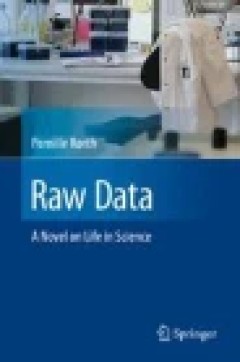
Raw Data: A Novel on Life in Science
Chloe and Karen are ambitious and independent-minded young scientists, both trying to make their mark in the competitive world of biomedical science. They work in Tom Palmer’s lab at a top-tier research institute in the US. Life in the lab is full of excitement and passion, but also frustrations, jealousy and the fear of being scooped. When honesty and scientific integrity are questioned in …
- Edition
- -
- ISBN/ISSN
- 978-3-319-23974-3
- Collation
- -
- Series Title
- -
- Call Number
- 101

Environmental and Resources Geochemistry of Earth System Mass Transfer Mecha…
The Earth system consists of subsystems that include the atmosphere, hydrosphere (water), geosphere (rocks, minerals), biosphere, and humans. In order to understand these subsystems and their interactions, it is essential to clarify the mass transfer mechanism, geochemical cycle, and influence of human activity on the natural environment. This book presents fundamental theories (thermodynamics,…
- Edition
- -
- ISBN/ISSN
- 978-4-431-54904-8
- Collation
- 38 b/w illustrations, 125 illustrations in colour
- Series Title
- -
- Call Number
- -

Strongly Correlated Systems
The continuous evolution and development of experimental techniques is at the basis of any fundamental achievement in modern physics. Strongly correlated systems (SCS), more than any other, need to be investigated through the greatest variety of experimental techniques in order to unveil and crosscheck the numerous and puzzling anomalous behaviors characterizing them. The study of SCS fostered …
- Edition
- -
- ISBN/ISSN
- 978-3-662-44133-6
- Collation
- -
- Series Title
- -
- Call Number
- -
 Computer Science, Information & General Works
Computer Science, Information & General Works  Philosophy & Psychology
Philosophy & Psychology  Religion
Religion  Social Sciences
Social Sciences  Language
Language  Pure Science
Pure Science  Applied Sciences
Applied Sciences  Art & Recreation
Art & Recreation  Literature
Literature  History & Geography
History & Geography